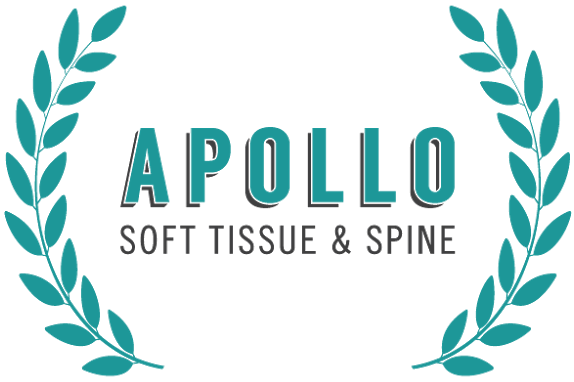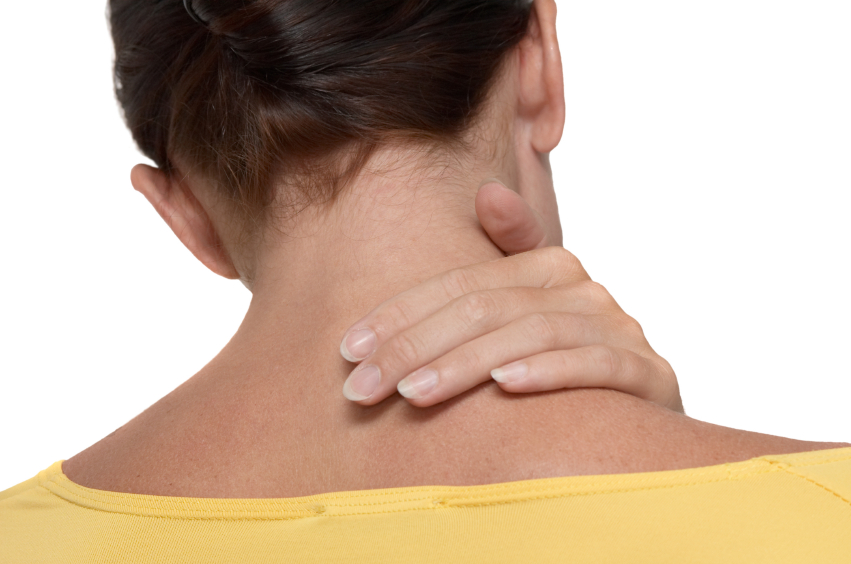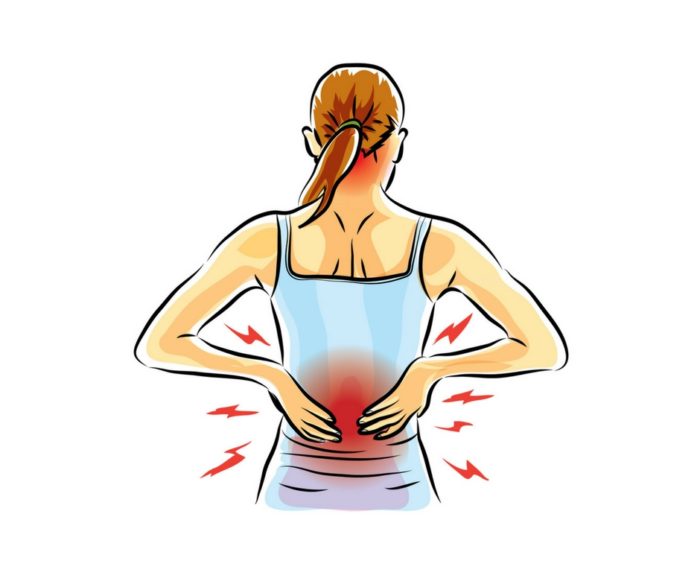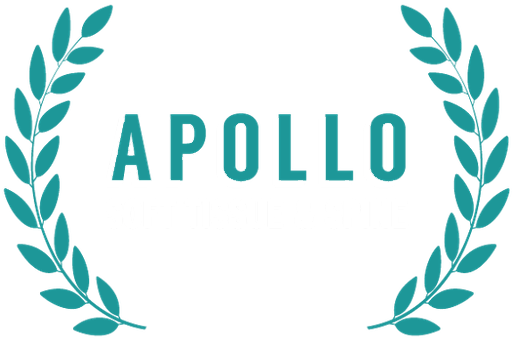Adhesions are bands of scar tissue that form after surgery, injury, or inflammation, causing tissues and organs to stick together abnormally. These adhesions can lead to pain, restricted movement, and other health issues. Knowing when to use ultrasound for adhesion treatment is important in managing these complications. Adhesions are common in the abdomen and pelvis but can occur elsewhere, complicating recovery and requiring treatment to relieve pain and improve function.
Ultrasound therapy has become a key tool in physical therapy for treating scar tissue. Ultrasound uses high-frequency sound waves to create images of the inside of the body, helping doctors accurately diagnose and treat adhesions. This technology, developed decades ago, is now widely used for both diagnostic and therapeutic purposes, offering a non-invasive method to manage adhesions effectively.
Understanding Adhesions
Adhesions, though often invisible, can cause significant discomfort and health issues. These bands of scar tissue can develop after surgery or injury, leading to symptoms like chronic pelvic pain or abdominal discomfort. Understanding the types of adhesions and how they’re diagnosed is key to finding effective pain relief and improving overall well-being.
- Abdominal Adhesions: Scar tissue forming in the abdomen, often after abdominal surgery, leading to pain or digestive issues.
- Pelvic Adhesions: Adhesions in the pelvic area, commonly causing chronic pelvic pain and affecting reproductive organs.
- Post-Surgical Adhesions: Adhesions that form as a result of surgery, potentially leading to complications and requiring manual therapy for soft tissue healing.
- Traumatic Adhesions: These develop after injury or trauma, binding tissues and organs together and possibly restricting movement.
When it comes to symptoms and diagnosis, adhesions can present as ongoing pain, particularly in the abdomen or pelvis. Clinical examination techniques, combined with imaging modalities like ultrasound, are essential for accurately diagnosing these adhesions. Ultrasound, in particular, helps identify the extent of adhesion formation, guiding effective treatment options for lasting pain relief.
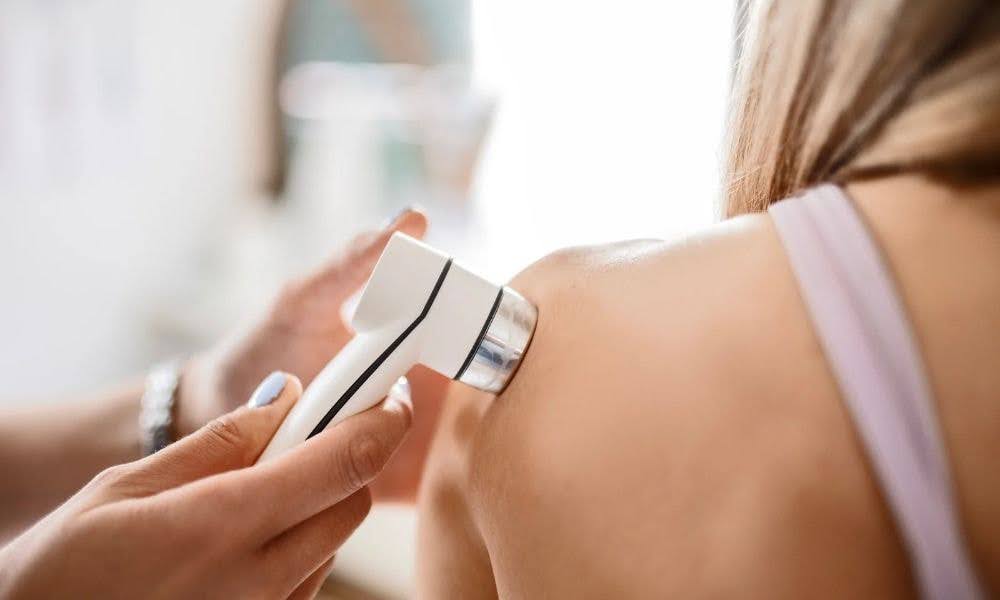
Ultrasound Technology in Medicine
Ultrasound has revolutionized medical practice by providing a versatile and non-invasive approach to both diagnosis and treatment. Its ability to create detailed images of the body’s internal structures using sound waves has made it a fundamental tool in a wide array of medical fields, from obstetrics to cardiology, and beyond.
How Ultrasound Works
Ultrasound operates by transmitting high-frequency sound waves into the body, which then echo back upon hitting different tissues. These echoes are captured and translated into images that offer valuable insights into the body’s internal workings. The variety of ultrasound equipment ranges from handheld devices used in emergency settings to advanced machines in specialized medical facilities. Recent advancements have significantly enhanced the capabilities of ultrasound technology, including better resolution and the ability to visualize deeper or more complex structures.
Applications of Ultrasound in Medicine
The scope of ultrasound in medicine is broad, with its uses spanning both diagnostic and therapeutic areas. In diagnostics, ultrasound is pivotal for visualizing organs, tissues, and blood flow, assisting in the early detection and management of numerous conditions. Therapeutically, ultrasound is used in procedures such as targeted drug delivery and tissue repair. Innovations in ultrasound, like 3D imaging and the integration of machine learning, are pushing the boundaries of what this technology can achieve, opening new possibilities for patient care.
Ultrasound for Adhesion Treatment
Ultrasound is increasingly recognized as a go-to method for managing adhesions, particularly for those seeking less invasive alternatives to surgery. This technology enables healthcare providers to address adhesions with a high degree of accuracy, making it a practical choice for patients looking for effective relief without the need for extensive recovery time.
When to Consider Ultrasound for Adhesions
Ultrasound should be considered when adhesions result in noticeable discomfort or hindered mobility, especially in cases where patients prefer to avoid more aggressive treatments. It is well-suited for treating adhesions that are superficial or accessible through non-invasive means. However, it’s essential to recognize the limitations—ultrasound may not be as effective for deeply embedded adhesions or in situations where precise imaging is challenging. When compared to other treatment options, ultrasound often offers a safer and quicker alternative with fewer complications.
Benefits of Using Ultrasound for Adhesion Treatment
The advantages of ultrasound in treating adhesions lie in its ability to deliver precise treatment with minimal impact on the body. This non-invasive approach allows for careful targeting of adhesions, reducing the likelihood of collateral tissue damage. Real-time imaging during the procedure enhances the ability to monitor and adjust the treatment as needed, leading to better outcomes and quicker recovery times for patients.
Ultrasound-Guided Adhesion Treatments
Ultrasound-guided treatments offer a precise and minimally invasive approach to managing adhesions. They allow for targeted interventions that can alleviate pain and improve function. These treatments are particularly valuable when traditional methods are too invasive or less effective. Healthcare providers can accurately direct procedures using ultrasound waves to ensure that treatments are delivered precisely where they are required.
Ultrasound-Guided Injection Therapy
Ultrasound-guided injection therapy involves using ultrasound to guide the administration of medications directly into the area affected by adhesions. The types of medications used can vary but often include corticosteroids or local anesthetics designed to reduce inflammation and pain. The procedure itself is relatively straightforward: the ultrasound provides real-time imaging to ensure precise needle placement, minimizing discomfort and maximizing effectiveness. Success rates for this therapy are generally high, with many patients experiencing significant relief from symptoms and improved mobility.
Ultrasound-Guided Adhesiolysis
Adhesiolysis is a procedure aimed at breaking down or removing adhesions that are causing pain or restricting movement. When guided by ultrasound, adhesiolysis becomes a more precise and controlled procedure. The process involves using ultrasound to locate the adhesions and guide surgical instruments to the exact site. Recovery from ultrasound-guided adhesiolysis is typically quicker than with traditional surgical methods, and the effectiveness of the procedure is enhanced by the real-time imaging that ultrasound provides. This approach is particularly useful for treating adhesions in delicate areas, such as those following laparoscopic surgery, where precision is critical.
Ultrasound in Post-Surgical Adhesion Management
Managing adhesions after surgery is necessary to prevent complications and ensure a smooth recovery. Ultrasound is important in this regard as it offers a non-intrusive method for observing the progression of adhesions and taking action at an early stage if needed. Preventative measures, such as gentle physical modalities and early intervention, can be guided by ultrasound to minimize the risk of adhesion formation.
Case studies and clinical trials have demonstrated the effectiveness of ultrasound in post-surgical adhesion management. For example, a clinical trial published in Ultrasound in Medicine and Biology showed that early ultrasound monitoring and intervention significantly reduced the incidence of painful symptoms in patients following abdominal surgery.

Practical Considerations and Guidelines
Ultrasound-guided adhesion treatments are becoming an increasingly popular choice due to their precision and non-invasive nature. These treatments offer targeted relief from the discomfort and complications caused by adhesions, making them a valuable option for patients looking to avoid more invasive surgical procedures. Selecting the right candidates for ultrasound treatment, ensuring proper preparation, and following through with post-treatment care are essential steps in achieving the best outcomes.
Patient Selection Criteria
Not every patient is an ideal candidate for ultrasound-guided adhesion treatment. Ideal candidates are typically those who have adhesions causing significant symptoms, such as chronic pain or restricted movement, and who prefer a non-invasive approach. Factors influencing treatment choice include the type, location, and severity of the adhesions, as well as the patient’s overall health and medical history. For example, patients with intrauterine adhesions or those recovering from laparoscopic surgery may benefit greatly from this treatment method.
Preparation for Ultrasound Treatment
Proper preparation is key to the success of ultrasound-guided adhesion treatments. The process begins with a thorough pre-treatment assessment to evaluate the patient’s condition and determine the most appropriate treatment plan. Patient preparation steps may include fasting or avoiding certain medications, depending on the nature of the treatment. Ensuring optimal imaging conditions is also crucial, which might involve positioning the patient in a specific way or using contrast agents to enhance the visibility of the adhesions.
Post-Treatment Care and Follow-Up
Effective post-treatment care is essential for a smooth recovery and to minimize the risk of recurrence. Immediate post-treatment protocols typically include monitoring for any adverse reactions and providing instructions for rest and limited activity. Long-term monitoring and care are equally important, as adhesions can recur if not properly managed. Regular follow-up appointments allow for early detection of any new adhesions and timely intervention. Addressing recurrence and complications promptly can help maintain the benefits of the initial treatment and prevent further issues.
Your Next Steps with Ultrasound for Adhesions
When it comes to managing adhesions, knowing when to use ultrasound can make a significant difference in your treatment outcomes. Ultrasound is a powerful tool that offers a non-invasive, precise, and effective way to treat adhesions, whether they are causing chronic pain or restricting movement. By choosing ultrasound, you’re opting for a method that not only targets the problem directly but also minimizes the risks associated with more invasive procedures.
The benefits of ultrasound treatment for adhesions are clear: it provides accurate, real-time imaging that guides your care, reduces the chance of complications, and promotes faster recovery. As we look to the future, advancements in ultrasound technology promise even greater possibilities in adhesion management. Staying informed and considering ultrasound as a viable option can help you take control of your health and improve your quality of life.
